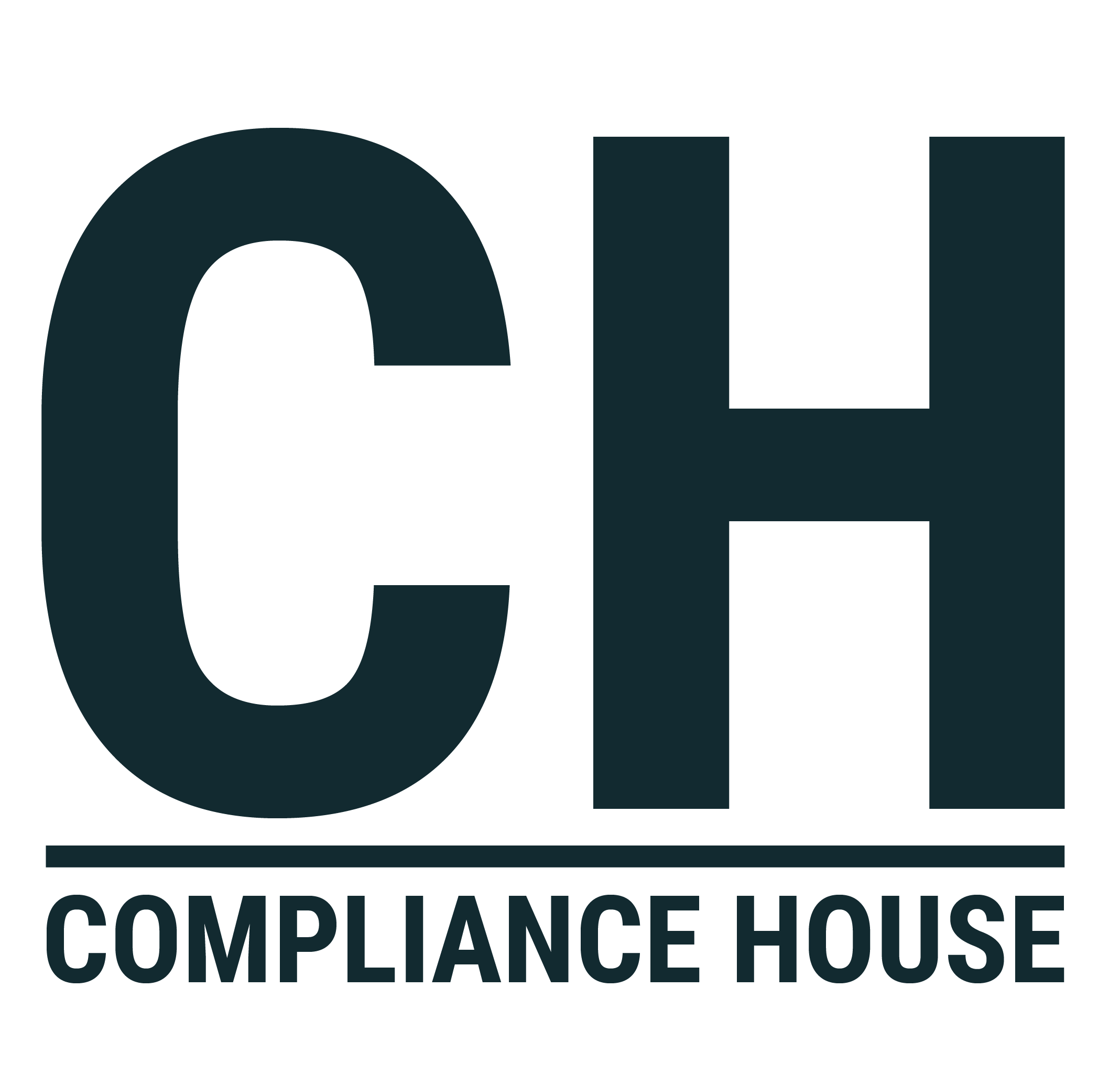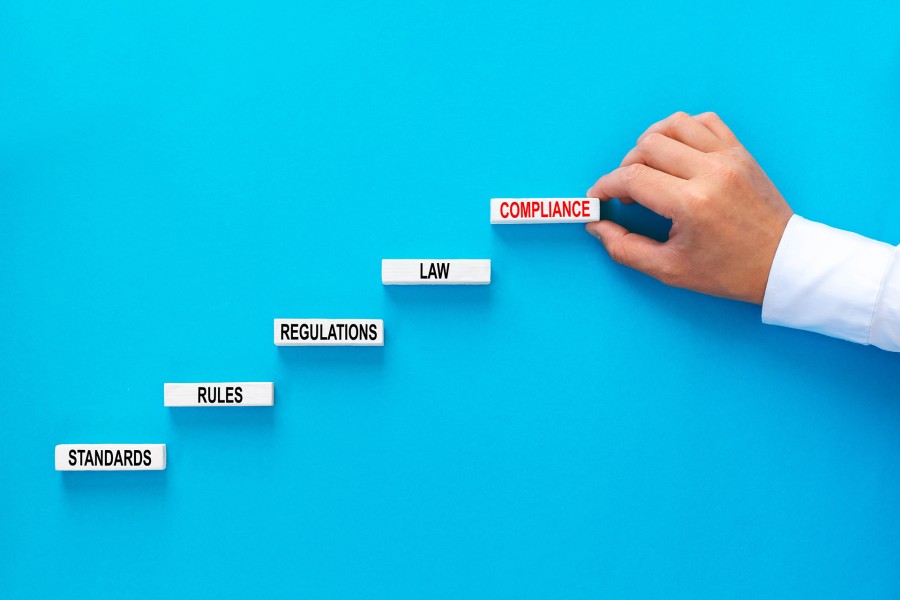What Is Compliance?
Compliance is the act of conforming to stated rules, standards, laws, or regulations set out by relevant bodies. This could include internal policies or guidelines, industry standards, and local, national or international laws.
A Culture of Compliance
A culture of compliance is the integration of compliant behavior into the everyday practices, policies, procedures, and ethos of an organization. It involves more than just following the law; it means promoting a work environment that values integrity and ethical behavior at all levels of the organization.
Attributes of a Culture of Compliance
- Leadership Commitment: Senior management and the board of directors endorse and support the compliance program.
- Shared Values: Ethics and integrity are considered critical organizational values.
- Risk Awareness: Employees at all levels understand the risk and compliance aspects of their roles.
- Open Communication: An environment where employees feel safe to voice concerns without fear of retaliation.
- Continuous Improvement: A commitment to ongoing assessment and enhancement of the compliance program.
Clearly Communicated Vision and Objectives
A well-defined vision and set of objectives guide the implementation of a compliance culture. The vision should be a clear, concise statement of the organization’s compliance goal, while objectives provide the roadmap for achieving the vision.
The Three C’s of Compliance
- Communication: Clear, timely, and effective communication about compliance matters.
- Confirmation: Checking to ensure that compliance policies and procedures are being followed.
- Correction: Prompt response to address any identified compliance breaches and prevent them from happening again.
Benefiting from Compliance Management
Good compliance management has numerous benefits, such as reduced risk of legal problems and regulatory sanctions, enhanced corporate reputation, and improved stakeholder trust.
A Culture of Confidence
A robust compliance culture cultivates a culture of confidence. Employees feel secure in their actions, customers have faith in the organization’s integrity, and regulators have trust in its operations.
What Are the Signs of a Culture of Compliance?
Signs of a culture of compliance include clear communication of compliance expectations, high levels of employee training and understanding, prompt reporting of compliance issues, and swift remedial actions when non-compliance is detected.
Warning: Avoid Just the Appearance of Compliance!
Compliance is not a box-ticking exercise. Organizations should aim for substantive compliance – an ingrained culture of compliance, not just the appearance of it.
Conclusion
Building a culture of compliance is an ongoing journey, not a destination. It involves the active participation of everyone within the organization, from the board of directors to front-line employees.
Executive Compliance Management Checklist
- Are the organization’s compliance objectives clearly defined and communicated?
- Is there a vision statement that encapsulates the organization’s commitment to compliance?
- Are the roles and responsibilities of each employee in relation to compliance clearly defined and understood?
- Is there a comprehensive compliance training program in place that is mandatory for all employees?
- Are the organization’s compliance policies and procedures regularly reviewed, updated, and effectively communicated?
- Are there systems in place to enable and encourage open communication about compliance, including safe channels for raising concerns or reporting breaches?
- Does the organization actively implement the Three C’s of Compliance: Communication, Confirmation, and Correction?
- Are there adequate mechanisms in place to identify and assess compliance risks, and to track and manage identified issues to resolution?
- Does the organization conduct regular audits or reviews to confirm compliance policies and procedures are effectively implemented and followed?
- Is there a strong commitment from leadership, reflected in actions as well as words, to maintaining a culture of compliance, with appropriate resources allocated to compliance activities?







